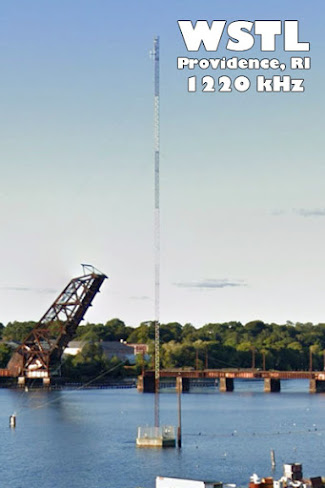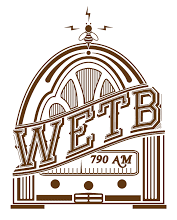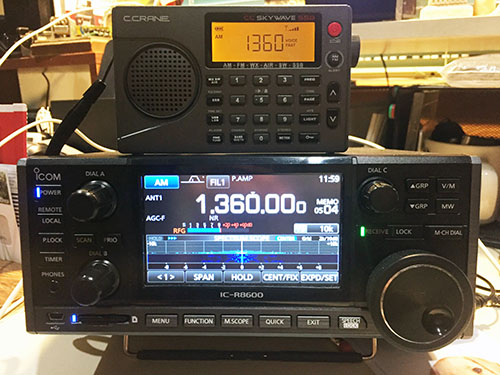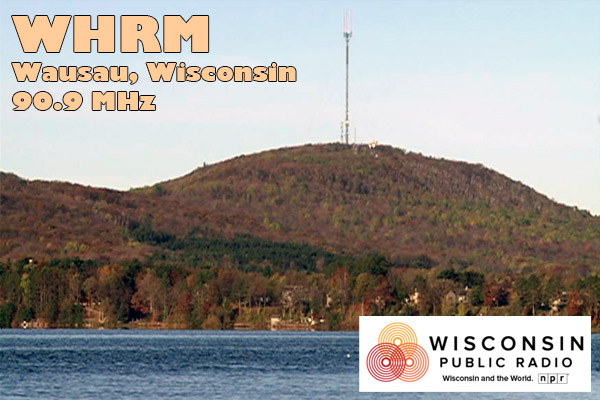By Mike Schaffer, KA3JAW, Guest Columnist
The eta Aquariids started on Sunday, April 19 and will be active until Thursday, May 28 with the peak occurring Monday and Tuesday, May 4-5.
I been busy today, Thursday, April 30 detecting Canadian analog TV via meteor scatter with the SDRuno coupled with a six meter dipole antenna strung between the house wall and the clothesline pole in the backyard.
Yes, Canada still has full-powered analog transmitters operational from rural places that run up to 180kW effective radiated power. There are only several active stations on each low-band VHF channel (2-6) in the provinces of Nova Scotia and Ontario.
It is easy to identify the station in question without the need of video and/or audio of a TV set, as each station broadcast on either one of three video carrier offset frequencies.
Example:
Analog TV-2
Offset (-) 55.240 MHz
Offset (z) 55.250 MHz
Figure 1 is a map to give you an idea what can be done with a software defined radio that a standard analog cathode-ray picture tube television set with a blue screen feature (video squelch circuit) cannot do when the incoming signal is faint.
On the top center is a GACTVDX logo, the orange triangles are the stations received, the blue triangle is my QTH. The map shows eight Canadian NTSC analog stations that were detected via meteor scatter (Ms).
Channel Callsign Location ERP Distance
(miles/km)
1. 6- CJOH-TV-6 CTV Deseronto, Ontario 100 kW 256/411
2. 2+ CIII-TV-2 Global Bancroft, Ontario 100 kW 331/532
3. 5+ CHRO CTV2 Pembroke, Ontario 100 kW 369/593
4. 5Z CICI CTV Sudbury, Ontario 100 kW 496/798
5. 6+ CJCH-TV-6 Caledonia, Nova Scotia 100 kW 573/922
6. 2- CHBX CTV Sault Ste Marie, Ontario 100 kW 610/981
7. 3+ CITO CTV Timmons, Ontario 100 kW 613/986
8. 4Z CJCB CTV Sydney, Nova Scotia 180 kW 843/1356
ERP= Effective radiated Power
 |
| Figure 2. SDRuno – Spectrum + Waterfall Displays |
Date: April 30, 2020
Onset Time (local): 8:10:52 PM
Duration: 8 seconds
Channel: TV-3
Frequency: 61.260 MHz
Offset: +
Effective Radiated Power: 72.4 kW Average, 100 kW Peak
Callsign: CITO
Network: CTV
Location: Timmons, Ontario, Canada
Distance: 613 miles
Azimuth: 333 degrees (north-northwest)
 |
| Figure 3. CTV Network Logo |
 |
| Figure 4. CTV2 Network Logo |
 |
| Figure 5. Global Network Logo |

















































